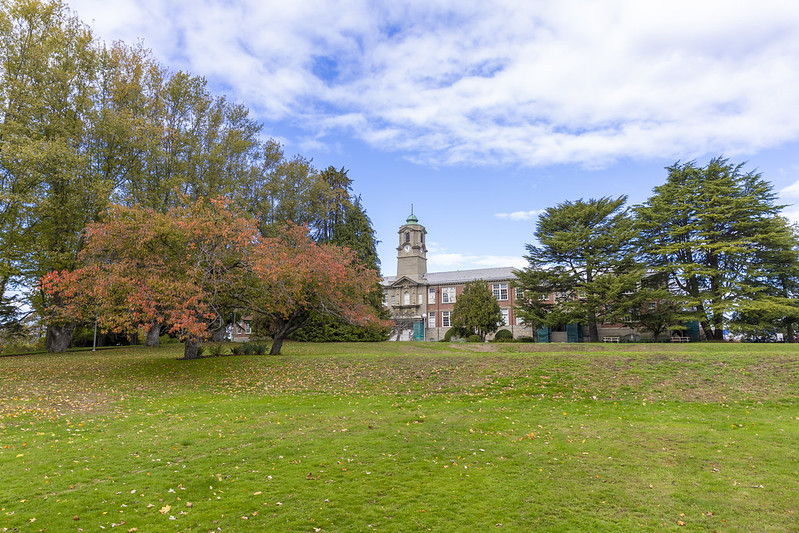Halloween isn’t just about candy and costumes; it’s a hauntingly good chance for anthropologists to dig into the supernatural skeletons in our cultural closets!

Camosun College
Many Halloween traditions are rooted in Celtic harvest festivals like Samhain
One theory suggests that many Halloween traditions are rooted in Celtic harvest festivals like Samhain. These European customs made their way to North America with 19th-century immigrants, and American influences have since spread the associated symbolism worldwide.
Camosun College anthropology instructor Nicole Kilburn and forensic anthropology instructor Dr. Katie Waterhouse believe Halloween is rich with symbolism waiting to be unmasked
“Many popular activities, such as pumpkin carving, have their origins in spooky folklore,” explains Kilburn. “In Ireland and England, it became customary to carve root vegetables and display them as Jack-O’-Lanterns around the end of October. When these traditions reached the New World, pumpkins became the preferred choice for carving.”
Bloodthirsty vampires and skeletal remains in graveyards are also iconic symbols of Halloween.
“Forensic anthropology helps us understand what happens to bodies after death,” says Waterhouse. “During the plagues that ravaged Europe in the 16th and 17th centuries, the sheer number of deaths forced graves to be reopened sooner than usual. This exposure may have contributed to the imagery we associate with vampires today.”
Women were frequently viewed as possessing dangerous qualities, including a tendency toward witchcraft, while cats were thought to embody similar traits. Cats were believed to provide blood or whiskers for spells and were even seen as the shapeshifting forms of witches themselves.”
Anthropology instructor Nicole Kilburn
Cats and witches have a long connection to Halloween as well.
“In pagan traditions, cats are often linked to female goddesses,” Kilburn explains. “During medieval and early modern Christianity, a male-dominated priesthood fostered a distinct misogyny. Women were frequently viewed as possessing dangerous qualities, including a tendency toward witchcraft, while cats were thought to embody similar traits. Cats were believed to provide blood or whiskers for spells and were even seen as the shapeshifting forms of witches themselves.”
It’s an undeniably creepy time of year, but both instructors hope to conjure up a deeper interest in anthropology with students through these explorations.
Learn more:
Camosun College: Symbols of Halloween – cats and witches
Camosun College: Symbols of Halloween – pumpkins and Jack-O’-Lanterns
Camosun College: Symbols of Halloween – vampires and revenants
Contact information
Rodney Porter
Camosun College
